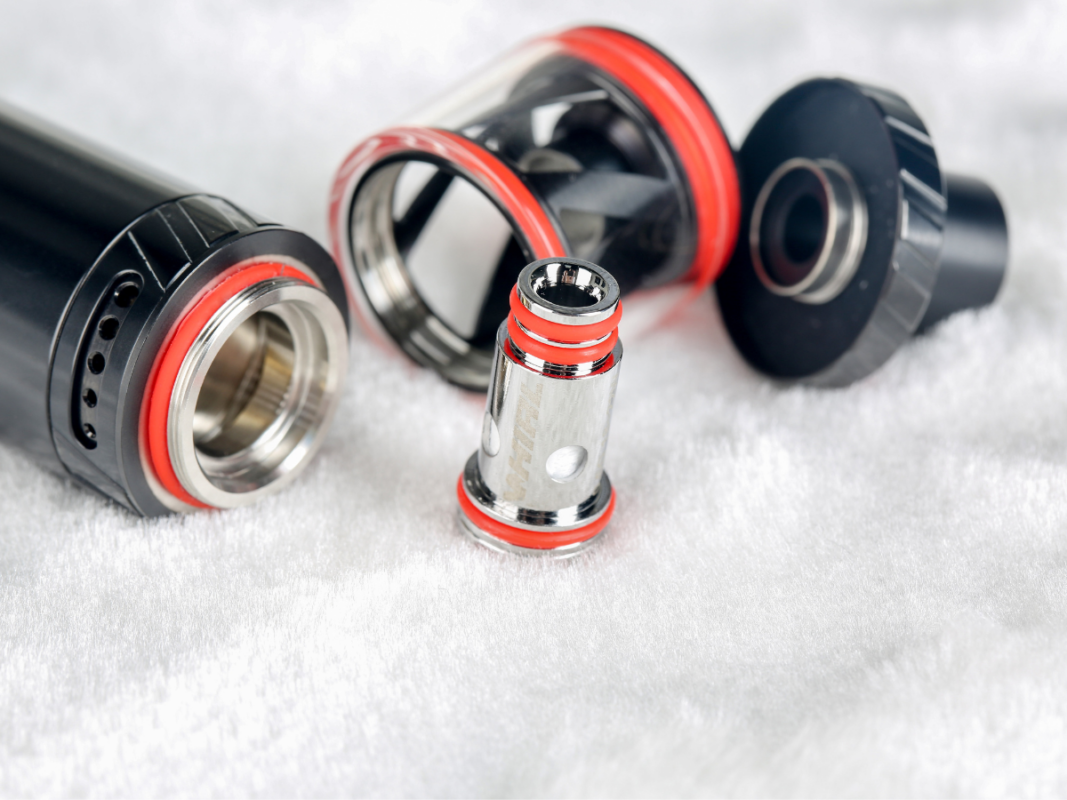
Debunking Common Vape Myths: A Balanced Perspective
Vaping, or the use of electronic cigarettes and vaporizers, has become increasingly popular, but it has also given rise to numerous myths and misconceptions. Whether it’s confusion over the ingredients, concerns about safety, or misunderstandings about its use, these myths can often deter people from considering vaping as an alternative to traditional smoking.
In this article, we’ll debunk some of the most common vape myths, providing a more balanced and positive perspective.
Myth 1: Vaping is as Harmful as Smoking
Debunked: While vaping is not completely risk-free, numerous studies have shown that it is generally less harmful than traditional smoking. E-cigarettes typically contain fewer toxic substances than tobacco smoke, and Public Health England has estimated that vaping is around 95% less harmful than smoking traditional cigarettes.
Myth 2: E-Liquids Contain Antifreeze
Debunked: This myth likely originated from the fact that some e-liquids contain propylene glycol (PG), a compound also found in antifreeze. However, PG is used in antifreeze to make it less toxic, not more. In e-liquids, PG is used to carry flavor and create a throat hit, and it’s considered safe for consumption by the FDA.
Myth 3: Vaping Will Lead to Smoking
Debunked: Some worry that vaping acts as a gateway to traditional smoking, especially among young people. However, research has shown that the majority of e-cigarette users are current or former smokers. While care must be taken to prevent underage vaping, evidence does not conclusively support the claim that vaping leads to smoking in those who were not already smokers.
Myth 4: Nicotine in Vaping Causes Cancer
Debunked: Nicotine is an addictive substance and can have negative effects on heart rate and blood pressure, but it is not a carcinogen. The harmful effects of smoking come from the thousands of other chemicals in tobacco smoke, many of which are known to cause cancer.
Myth 5: Second-Hand Vapor is Dangerous
Debunked: Unlike second-hand smoke from traditional cigarettes, second-hand vapor from e-cigarettes contains only a fraction of the harmful substances. While it’s still respectful to vape away from non-users, the evidence thus far suggests that second-hand vapor is not a significant health risk to bystanders.
Myth 6: All Vapers are Using Nicotine
Debunked: While many e-liquids contain nicotine, there is a wide variety of nicotine-free options available. Many vapers choose nicotine-free e-liquids for various reasons, including simply enjoying the flavors or using vaping as a means to reduce nicotine dependence.
Conclusion
Vaping continues to be a subject of debate and concern for many. However, a closer examination of common myths reveals a more nuanced and positive perspective. By differentiating between myth and reality, we can make informed decisions based on scientific evidence.
It is essential to note that while vaping may be a preferable alternative to smoking for some, it is not suitable for everyone, particularly non-smokers and young people. As with any lifestyle choice, it is advisable to consult with healthcare providers and seek credible sources of information to understand the potential risks and benefits for your specific situation.





